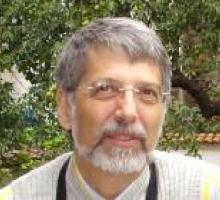Resonant Contactless Energy Transfer With Improved Efficiency
- Citation:
- Valtchev, S., B. Borges, K. Brandisky, and B. J. Klaassens, "Resonant Contactless Energy Transfer With Improved Efficiency", IEEE Transactions on Power Electronics, vol. 24, no. 3: IEEE, pp. 685–699, 2009.
Abstract:
This paper describes the theoretical and experimental results achieved in optimizing the application of the series loaded series resonant converter for contactless energy transfer. The main goal of this work is to define the power stage operation mode that guarantees the highest possible efficiency. The results suggest a method to select the physical parameters (operation frequency, characteristic impedance, transformer ratio, etc.) to achieve that efficiency improvement. The research clarifies also the effects of the physical separation between both halves of the ferromagnetic core on the characteristics of the transformer. It is shown that for practical values of the separation distance, the leakage inductance, being part of the resonant inductor, remains almost unchanged. Nevertheless, the current distribution between the primary and the secondary windings changes significantly due to the large variation of the magnetizing inductance. An approximation in the circuit analysis permits to obtain more rapidly the changing values of the converter parameters. The analysis results in a set of equations which solutions are presented graphically. The graphics show a shift of the best efficiency operation zone, compared to the converter with an ideally coupled transformer. Experimental results are presented confirming that expected tendency.
